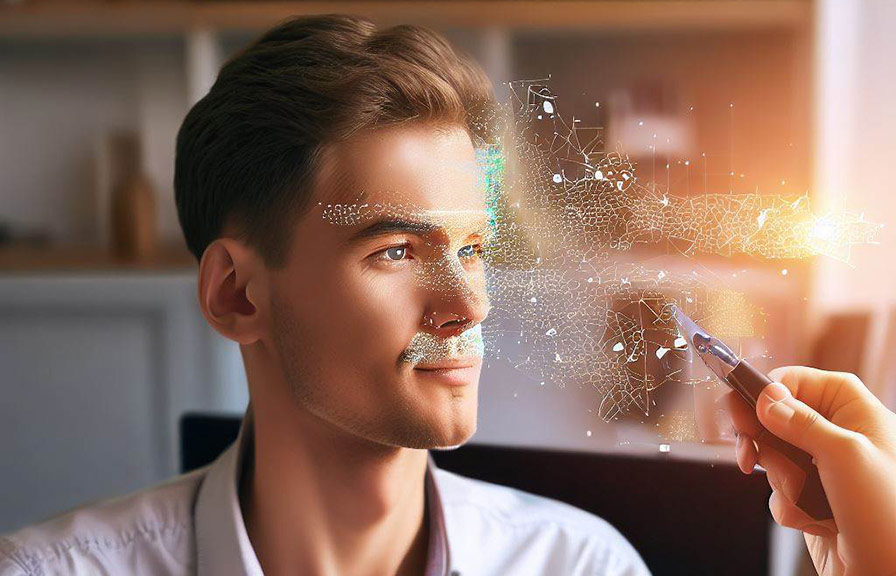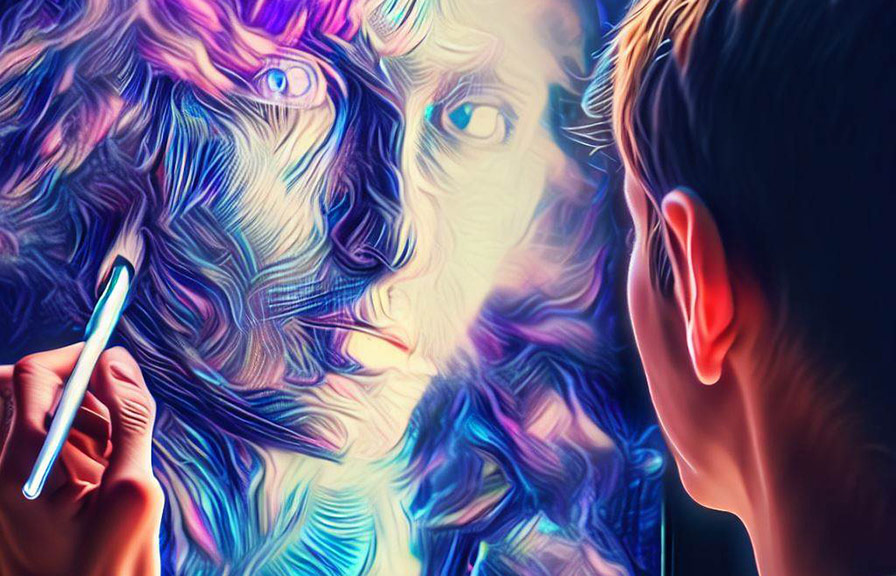The world of photography has witnessed a seismic shift with the advent of artificial intelligence (ai) technologies. in fact, ai is now capable of generating hyper-realistic images that are virtually indistinguishable from actual photographs. this raises a plethora of ethical questions, especially when it comes to the delicate balance between
Authenticity and manipulation in the realm of photography.

The ai revolution in photography
Artificial intelligence has made significant strides in recent years, particularly in the field of computer vision. this has enabled the development of advanced algorithms capable of understanding and manipulating visual content with incredible precision.
One such groundbreaking technology is generative adversarial networks (gans), which has taken the world of ai photography by storm. these networks can create highly convincing images by pitting two neural networks against each other, with one generating images and the other evaluating their quality.
However, the rise of ai-powered photography tools has brought forth a myriad of ethical concerns that need to be addressed. as these technologies continue to advance, it becomes increasingly difficult to discern what is real and what is artificially generated.
Authenticity: the pillar of ethical photography
Photography has long been considered a medium for capturing and preserving moments in time. the authenticity of an image is often what gives it value, as it represents a true and unaltered depiction of reality. this is particularly important in fields such as journalism and documentary photography, where the credibility
Of the image is paramount.
However, ai-powered manipulation tools have the potential to blur the lines between authenticity and fabrication, posing a threat to the very essence of photography. for instance, consider the case of deepart, an ai-based platform that can transform any photograph into a work of art in the style of famous artists
Such as van gogh or monet. while such technology is fascinating and allows for creative expression, it also raises questions about the authenticity of the resulting images.
Manipulation: a double-edged sword
Ai-driven manipulation tools can be incredibly useful in various applications, from enhancing the visual quality of images to creating imaginative works of art. however, they can also be used to deceive and spread misinformation.
One alarming example of this is the emergence of "deepfakes," which are ai-generated videos or images that convincingly portray real people in fabricated situations. these have been used for nefarious purposes such as spreading fake news, creating non-consensual explicit content, and even perpetrating fraud.
Moreover, ai-driven image manipulation can have serious implications in the realm of copyright and intellectual property rights. for instance, consider the case of nfts (non-fungible tokens), which are unique digital assets that can be bought and sold on blockchain platforms.
As ai-generated images become more sophisticated and indistinguishable from human-created works, it may become increasingly difficult to ascertain the originality and ownership of digital art.
Striking the right balance
To address the ethical dilemmas arising from ai photography, it is essential to strike the right balance between embracing the creative potential of these technologies and safeguarding the integrity of the medium. this can be achieved by:
1. Establishing clear guidelines and ethical standards: photography organizations and professional bodies should develop guidelines and policies that outline the acceptable use of ai technologies in photography. these should emphasize the importance of transparency and disclosure when using ai-generated or manipulated images.
2. Promoting education and awareness: photographers, artists, and consumers alike should be educated about the implications of ai-driven image manipulation. this will help foster a more informed and responsible approach towards the use of these technologies.
3. Developing countermeasures and verification tools: as ai-driven manipulation becomes more prevalent, it is crucial to develop tools and techniques that can detect and expose such content. this will help maintain trust in the authenticity of photographic images.
4. Encouraging responsible innovation: stakeholders in the ai and photography industries should work together to strike a balance between innovation and ethical considerations. this can be achieved by collaborating on research, sharing best practices, and fostering a culture of responsible innovation.
Conclusion
Ai-driven photography has the potential to revolutionize the way we create, consume, and perceive visual content. however, it also raises a host of ethical concerns that need to be carefully considered. by striking the right balance between authenticity and manipulation, we can harness the power of ai to enrich the
World of photography while preserving its core values. the future of photography lies in our ability to navigate this delicate balance, ensuring that ai serves as a tool for creative expression and not a means for deception.
